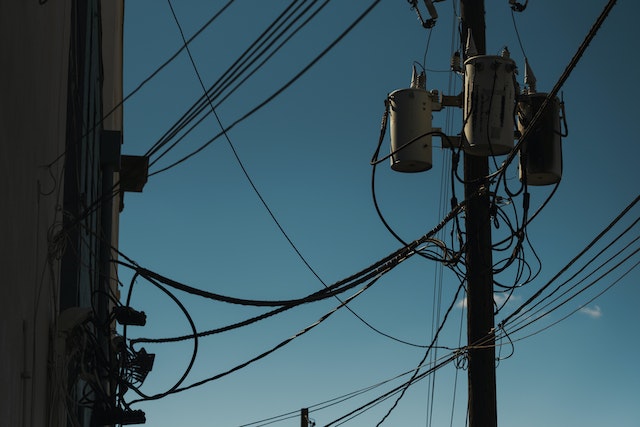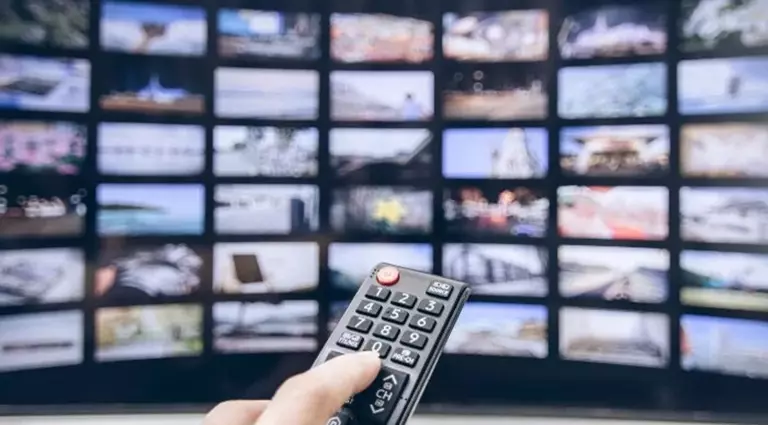Introduction
In an era where sustainability and environmental consciousness have become paramount, the pursuit of free electricity is more than just a pipe dream; it’s a viable and essential goal. The concept of harnessing electricity without a hefty utility bill may seem too good to be true, but advancements in technology and renewable energy sources are making it increasingly possible. In this blog, we’ll explore the exciting world of free electricity, breaking it down into several subheadings to understand the key aspects and avenues for achieving this sustainable energy solution.
Solar Power – The Sunshine Savior
One of the most promising paths to free electricity is solar power. Solar panels harness energy from the sun and convert it into electricity, providing a clean and renewable energy source. Here’s how it works:
- Solar Panels: Photovoltaic cells within solar panels capture sunlight and convert it into electricity.
- Net Metering: Excess energy generated by solar panels can be fed back into the grid, allowing you to earn credits or even receive payments from your utility company.
- Energy Storage: Battery systems like Tesla’s Powerwall enable you to store excess energy for use during cloudy days or at night.
Wind Energy – Harvesting the Breeze
Wind turbines are another powerful source of free electricity, particularly in regions with consistent wind patterns. Here’s a glimpse of how wind energy contributes to energy independence:
- Wind Turbines: These structures capture kinetic energy from the wind and convert it into electrical power.
- Wind Farms: Large-scale wind farms can generate substantial electricity, potentially exceeding a household’s needs.
- Off-Grid Solutions: For remote areas, off-grid wind turbines combined with energy storage can provide reliable electricity.
Hydropower – The Flowing Wealth
Harnessing the power of flowing water has been a tried-and-true method for generating free electricity for many decades. Hydroelectric power plants operate on the following principles:
- Water Flow: Flowing water, such as rivers or streams, spins turbines connected to generators, converting mechanical energy into electricity.
- Micro Hydropower: Even on a smaller scale, micro hydropower systems can be installed in water bodies like creeks to generate electricity for rural homes.
- Environmental Impact: Care must be taken to minimize the ecological impact of hydroelectric projects.
Energy Efficiency – The Power of Conservation
While harnessing renewable sources is vital, optimizing energy efficiency in your home can significantly contribute to free electricity:
- Energy-Efficient Appliances: Upgrade to appliances with Energy Star ratings to reduce power consumption.
- Smart Home Technology: Implement smart thermostats, lighting, and home automation systems to regulate energy use.
- Insulation and Weatherproofing: Properly insulate your home to reduce heating and cooling costs.
Incentives and Government Programs – Supporting Your Efforts
Governments around the world offer incentives and programs to encourage the adoption of renewable energy and energy efficiency. These initiatives can help offset the initial costs of transitioning to free electricity:
- Tax Credits: Many governments provide tax credits for installing solar panels, wind turbines, or energy-efficient appliances.
- Feed-in Tariffs: Some regions offer favorable rates for selling excess energy back to the grid.
- Rebates and Grants: Various programs provide financial assistance for renewable energy projects.



